Home
Romont, Land of glass and stained glass
The town and region of Romont have a long history with glass. Art, industry, innovation: glass in all its forms characterises the region.
As early as 1924, a glass works (Pernet et Cie) was operated in Romont. It produced a high quality glass (chlorosilicate) resistant to high temperatures, the ancestor of today’s “Pyrex”. However, the patent for this process was not filed.
A glass factory, Electroglass, was established in Romont in 1935. It introduced Switzerland’s first electric melting furnace. Other companies working with the material of glass then followed and settled in the area.
In 1919, an association of Catholic artists and architects founded the St. Luc Group, centred on the Genevan painter Alexandre Cingria, with the aim of renewing religious art in French-speaking Switzerland. An architect from Romont, Fernand Dumas, was very active in this circle. Regularly short of funds, Cingria was frequently welcomed in Romont between 1926 and 1945. He stayed at the Auberge du Lion-d’Or where the group met to redesign the world and revolutionize sacred art. Both stained glass and reverse glass painting played a central role in each creation of the St. Luc group.
When the opportunity arose of opening the Château de Romont to the public by transforming it into a museum, its founders remembered Romont’s strong link with glass and stained glass. They therefore devoted the institution to this subject. The Swiss Stained Glass Museum opened in 1981, becoming the Vitromusée Romont in 2006.
The museum’s presence made local residents and communities more aware of the art of stained glass. Each new building, renovation or restoration engaged with stained glass in one way or another. Many religious buildings in the region have been fitted with high-quality contemporary stained glass windows. Artists from the region as well as internationally renowned creators are featured. Schools have integrated stained glass windows in extensions or newbuilds. Shopping centres, nightclubs, private individuals: everyone “thinks” stained glass. There is therefore a rare density of contemporary stained glass windows in a limited area. The old works have not simply remained; they have been restored, cared for and highlighted.
The abundance of these achievements has inspired itineraries to discover contemporary stained glass windows: the stained glass route can be explored on foot or by bicycle, among fields and meadows, flower farms and welcoming villages, from chapels to churches.
In Romont itself, the Vitroparcours guides visitors along the city ramparts. The walk is educational: while taking in the stunning view of the surrounding landscapes, families, groups and schools can extend their experience of glass with eight entertaining stops along the way.





